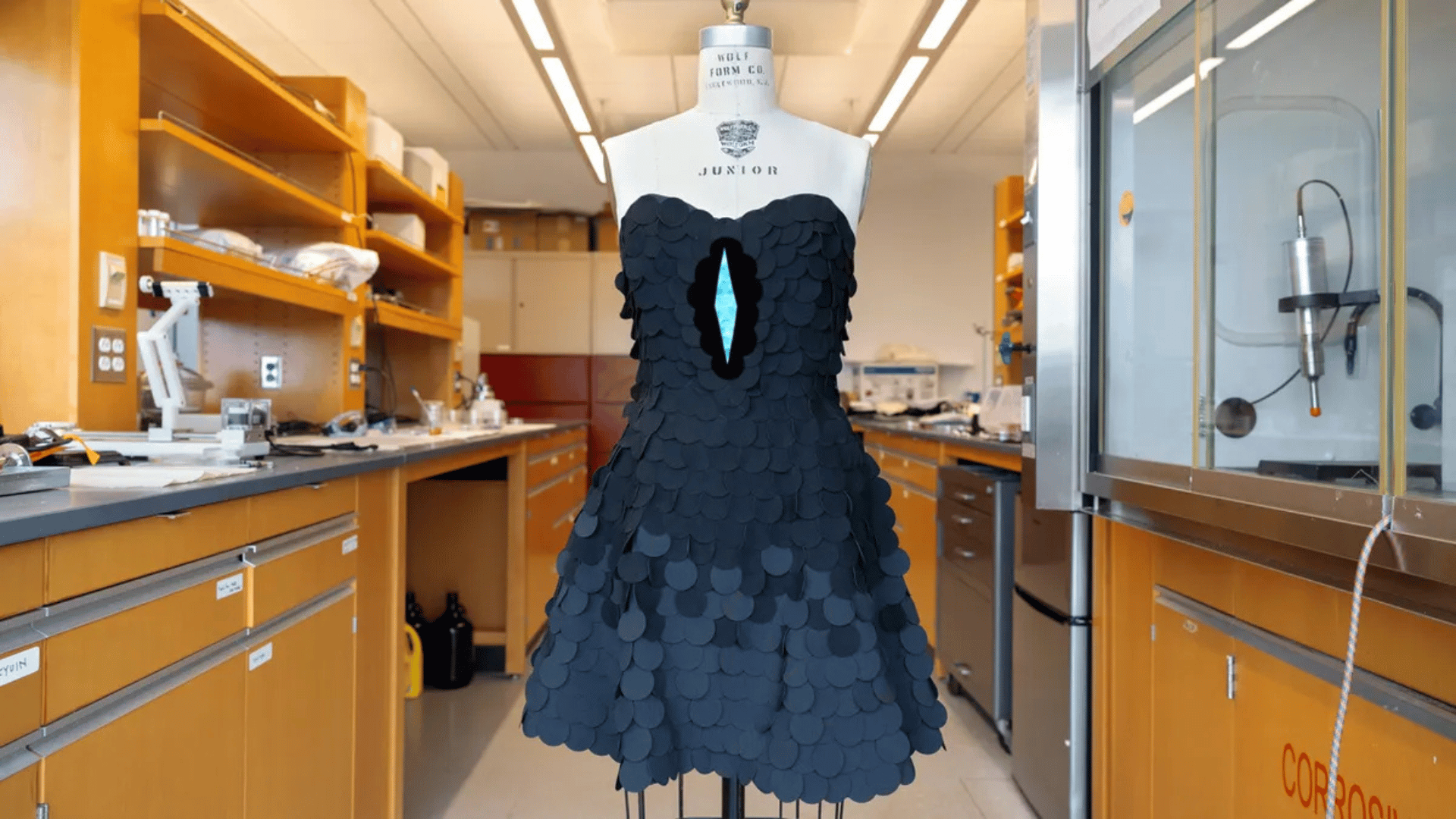Researchers at McGill University, led by Eric McCalla, have developed a new anode material for batteries used in implantable medical devices, achieving a 20% increase in energy density by adding a small amount of neodymium, which disrupts the anode’s structure to allow more lithium ion storage. This breakthrough, studied using the Canadian Light Source, maintains safety while potentially enabling new medical applications, though further work is needed to improve battery lifespan and commercial viability.
Better Batteries for Implantable Medical Devices
With electric vehicles, the challenge for battery makers is straightforward: make batteries that can hold more energy, so the vehicles they power can go further on each charge.
However, for companies that make rechargeable batteries for implantable medical devices – think pacemakers, cardiac defibrillators – safety trumps all else. Yes, these batteries need to last, but that lifespan cannot come at the expense of a patient’s health.
For that reason, the batteries currently used in these devices have anodes that operate at a higher voltage than ones in regular lithium-ion batteries. The anode is the component inside a battery that releases lithium ions and electrons when power is being drawn, and that takes up ions and electrons during charging. In most lithium-ion batteries, the anode is made of graphite.
“They’re amazing batteries, but the energy density is pretty small,” says Eric McCalla, an associate professor in McGill University’s Department of Chemistry. “As a result, there are some applications for which they simply don’t hold enough energy.”
McCalla and his team recently made a breakthrough that could change that. In an earlier study, the group demonstrated that adding a small amount of an element called neodymium to the anode resulted in a whopping 20% increase in the battery’s energy density. In this new study, they used the Canadian Light Source at the University of Saskatchewan to explore why such a small amount of the element could yield such a large increase in energy storage.
“What we think is happening is that when you add a small amount of these really big ions it doesn’t just disrupt the atoms around it, it disrupts atoms over a large distance,” says McCalla. The CLS’s HXMA beamline enabled them to see that the element they added disturbed the entire structure of the anode — even at such small amounts.

“They (neodymium ions) do a lot of local damage, which actually turns out to have benefit,” says McCalla. “Locally we damage the structure, but in a way that it opens up some other spots for lithium to go in and out (thereby increasing the battery’s energy density)”.
In parallel to the experiments, other researchers on the team used computer modelling to calculate how much easier it is for lithium to move when the neodymium ions are nearby. “That really locked down this mechanism, where we’re able to make new sites where lithium wants to go.”
Being able to do their experiment “in situ” at the HXMA beamline was critical, says McCalla. “We had the battery running while we were running the experiment, so we didn’t have to take the cell apart and scrape the sample out and hope that it was stable in air,” he says. In previous attempts, the researchers found that the material degraded when it was removed from the battery. “Being able to do it in the battery, doing the measurement right on the beamline, that made all the difference.”
In this study, McCalla and his team were focused on increasing the amount of energy a battery can hold without compromising safety. Now they’re shifting their focus to increasing the battery lifespan. They identified some instability related to the electrolyte, which they think could impact its long-term use. “There’s definitely continued work that needs to happen, to make these commercially viable. But already the gains that we’ve made show that the energy (produced by the new type of battery) would enable new or different medical applications.”
Together with their industry partner, Medtronics, McCalla and his team have filed a series of patents for the new technology. “Medtronic thinks that there’s potential here – with, certainly continued work that needs to be done — but for their applications in the implantable devices, they think that there’s a chance that this will enable new uses.”
This press release is provided for informational purposes only. TomorrowsWorldToday.com is not responsible for the content, terms, or administration of Canadian Light Source’s promotions. Please refer to Canadian Light Source for the most accurate and up-to-date information. Tomorrow’s World Today may receive an affiliate commission if you purchase an independently reviewed product or service through a link on our website.







